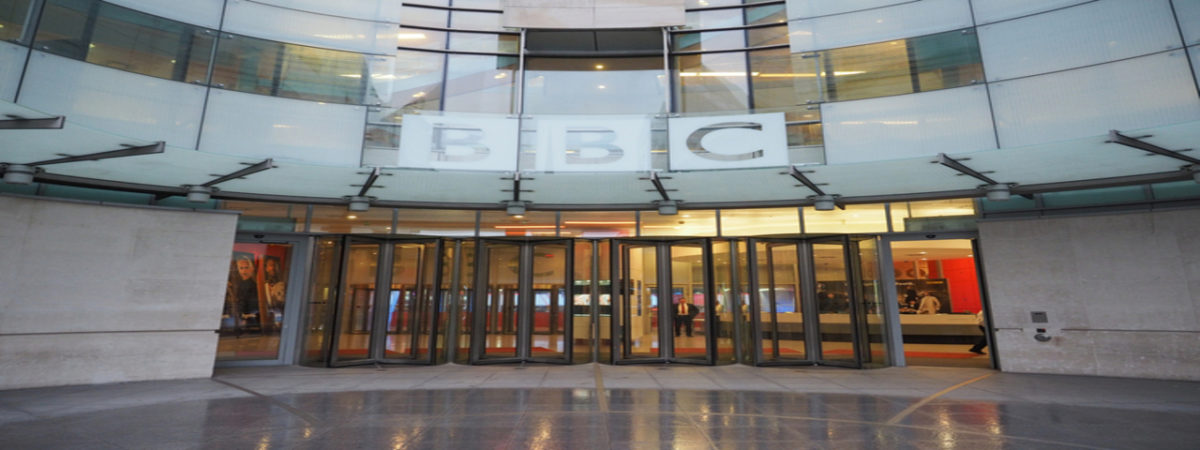Monetary policy: overrated
SUGGESTED



But a recent study on aggregate corporate investment could make policymakers squirm: It posits that, at least in the US, the impact of interest rates on business investment is much weaker than the conventional wisdom would have it. Drawing on aggregate corporate investment data from 1952-2010, the authors find that expected investment growth is tightly linked to changes in profits and stock prices, but only weakly related to changes in interest rates and the default spread on corporate bonds. Moreover, the study finds no evidence that investment growth slows down after a rise in short-term or long-term interest rates, a finding that contradicts the idea that central bank-driven movements in interest rates are a main driver of corporate investment.
The research findings seem to resonate with recent history: Despite historically low interest rates, business capital expenditure has shown only a limited uptick. As it turns out, it is not interest rates but profits and stock prices that are the best predictors of corporate investment. Based on the report data, a $1 increase in profits leads to a $0.25 increase in investment in the subsequent fiscal quarter, and nearly $1 over five quarters. Meanwhile a 10% increase in stock prices leads to a cumulative 4.3% rise in investment over the subsequent 18 months. These findings suggest that companies’ investment decisions are driven by their profit outlook and the general economic and business environment. The study also suggests, perhaps unsurprisingly, that investment activity is strongly procyclical.
The authors also considered the power of policymakers to ascertain the extent to which tight credit markets affected business investment during the recent recession. Using GDP, profits, and stock data alone, they modelled the level of investment activity that would have been expected during the recession. Although corporate investment in the US plummeted by 27% between 2007 and 2009, the bulk of the decline “looks like a historically typical response to macroeconomic conditions, even without any unusual behaviour in the banking sector and credit markets.” The report concludes that blaming the banks for credit drought seemed misplaced: “Although problems in the credit markets may have played a role, the impact on corporate investment is arguably small relative to the decline in investment opportunities.”
The policy implications of this research are drastic. As corporate investment is clearly an engine of growth, it is vitally important for policymakers to understand what drives it, and at the very least, the research should be replicated in the UK and other advanced economies. If the cost of capital is shown not to be a major driving factor in investment decisions, then policymakers should focus on the variables that really do get companies excited about investing. S. P. Kothari, one of the authors of the report, states that first and foremost, policymakers should focus on the investment climate, which is driven by factors like tax rates, regulation, and labour market conditions. These are the key factors that make investment attractive or less attractive. Moving the interest rate by one or two percentage points does not generate a change in investment behaviour.
4 thoughts on “Monetary policy: overrated”
Comments are closed.




I am a layman and in no way an expert. I have spent 10 years casually reading up on Austrian Business Cycle theory – Roger Garrison, Joseph Salerno, Hans Seinholz, Philip Baggus, Murray Rothbard and various second hand interpretations of Hayek and Mises – and this gets posted. I should have spent those years in the pub or any number of local nightclubs!
Does this mean then that over the last 6/7 years governments could have left central bank rates at 5%, 6% or whatever % and there would have been no difference in investment levels (even if they eventually proved artificial and unsustainable)? And that Major’s decision to jack interest rates up to circa 15% during the early 90’s in the midsts of the UK’s ERM crisis had no impact on investment levels and didn’t virtually crucify large swathes of SME’s across the country? Regulations etc.., no doubt have a role to play but surely if the money supply stays constant then there is a natural limit to how much lendings can grow and so the possibility of a bubble becomes less remote. One can have gallons of business confidence and a dearth of regulation but they can only have an impact if the funding is available. Significant boosts in investment – such that lay us open to unstable booms, bubbles and subsequent recession – can only come about through excessive funding (i.e., lax monetary policy). One can open the gates to a field and knock a few holes in the walls but the amount of cows that come in is limited by how many there are outside it. At least I think that analogy works …
Undergoing the same crisis as the poster above. Would definitely appreciate an Austrian school critique of that study.
The two comments to my post ask excellent questions. First, I agree that the results of this MIT lead research are surprising and more reseach is certainly needed to verify the findings in a diffrent setting such as the UK. Second, the findings indicate that businesses are not economically optimal “machines” that respond blindly with expected rational behaviour to administrative commands. In fact, the report’s authors highlight that executive decision-makers’ judgement may be coloured by an optimism bias which may lead them to overshoot their capex exactly at the wrong time when the economy is overheating hence ignoring the signalling of a tightening credit environment. The reverse is probably true in a prolonged economic downturn. I see some fundamental Austrian thinking in these finadings. Finally, the report does not deny the link between investment and interest rates. However, the research data shows that the link between these two is much weaker than what has been assumed in the past.
I believe that the Austrian Business Cycle Theory remains as strong as before given these findings. The interest rate represented in the ABCT is one given by time preference. This is the same with the Wicksellian rate if one treats Wicksellian rate as the i/r in the market that would be given if there would be no intermediation of money. The unsustainable boom in Garrisons’ intuitive diagrammatic scheme is given by the Wicksellian difference as to make it easier to understand. Wicksell rate as defined before is given in the sense that “C + I = constant” given the resources available. Suppose you fix the i/r at the Wicksellian rate and throw money out on the market. C + I is no longer constant and is increasing even though you have the same interest rate. This creates malinvestment, overinvestment and overconsumption. This accommodates the ABCT in my perspective.